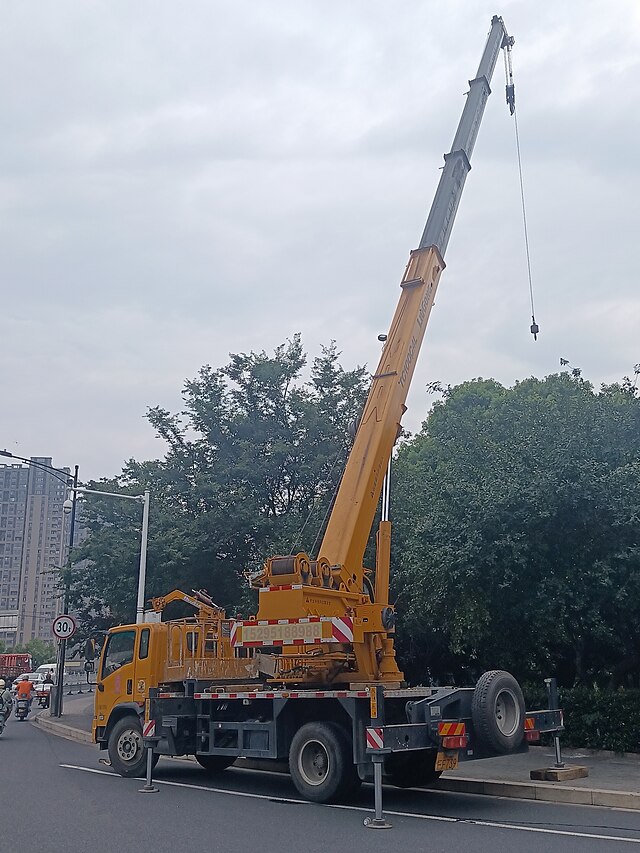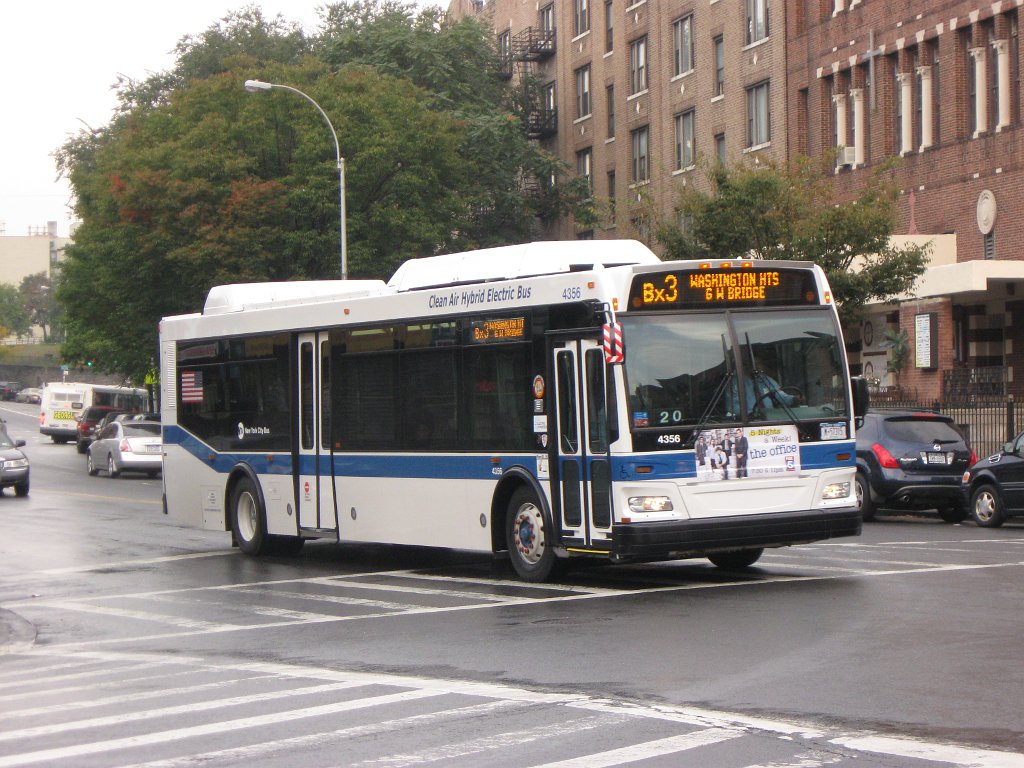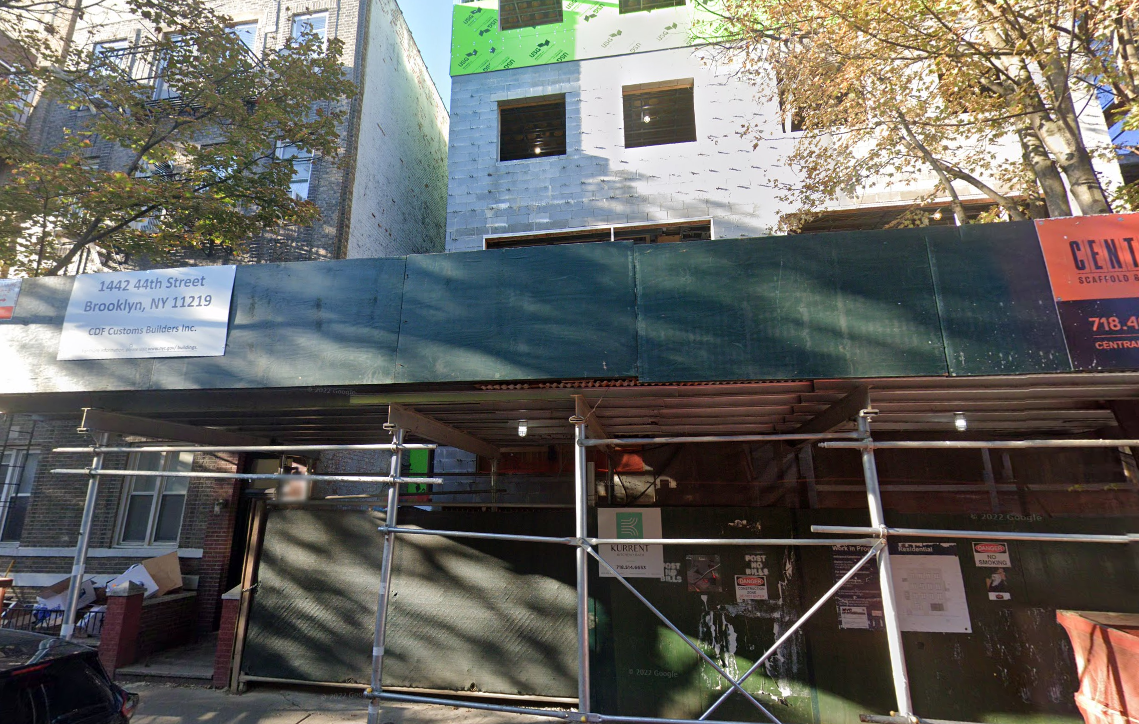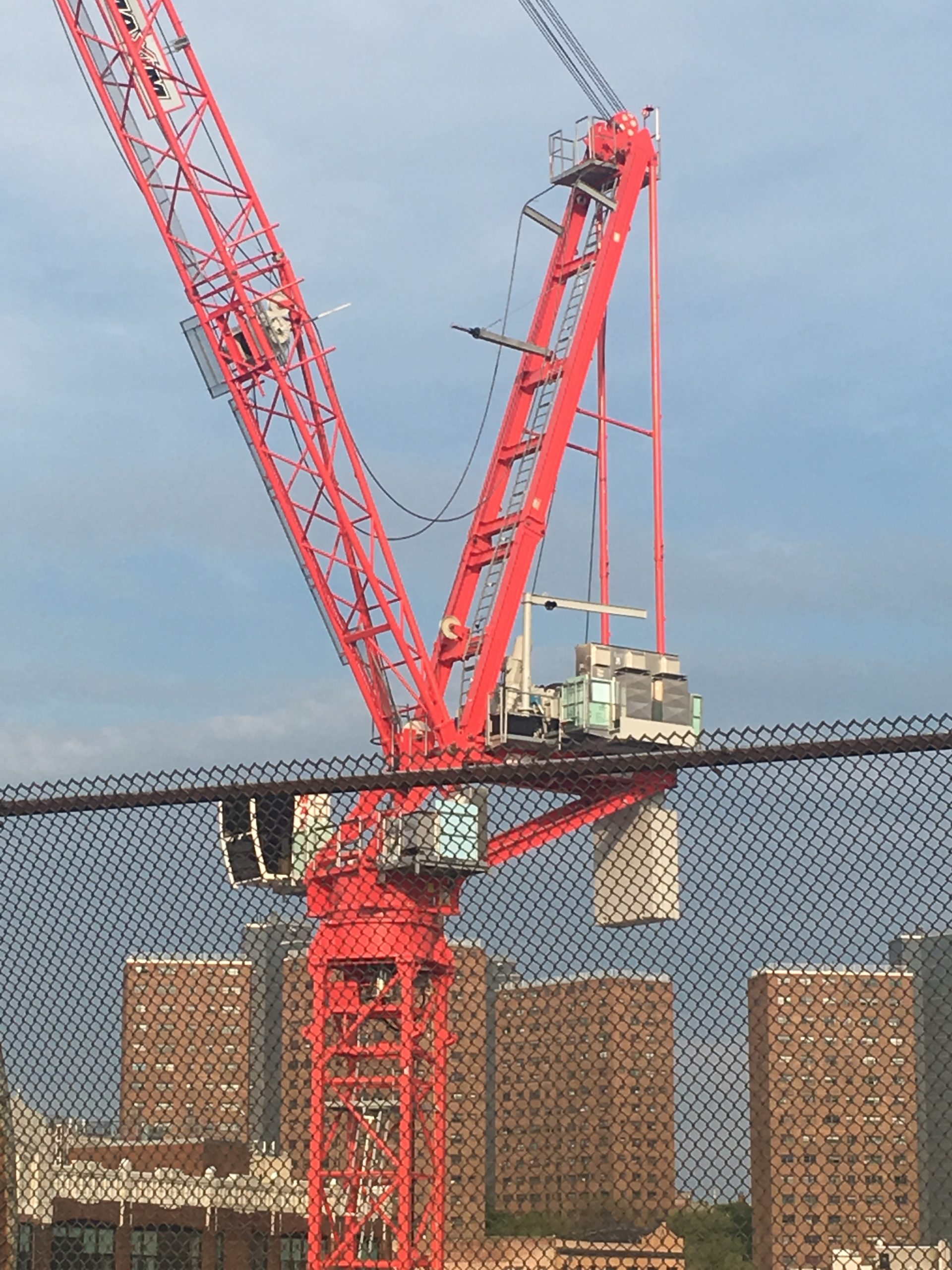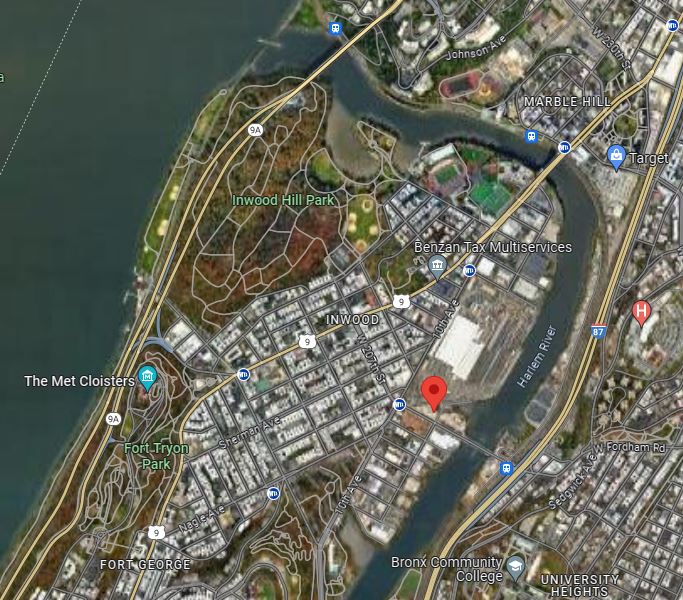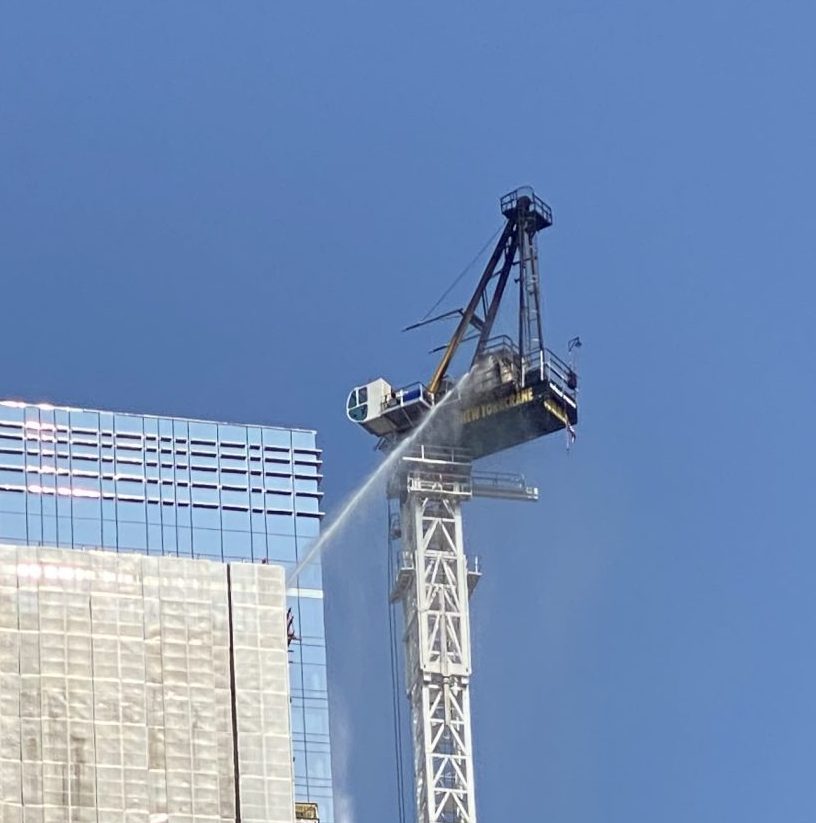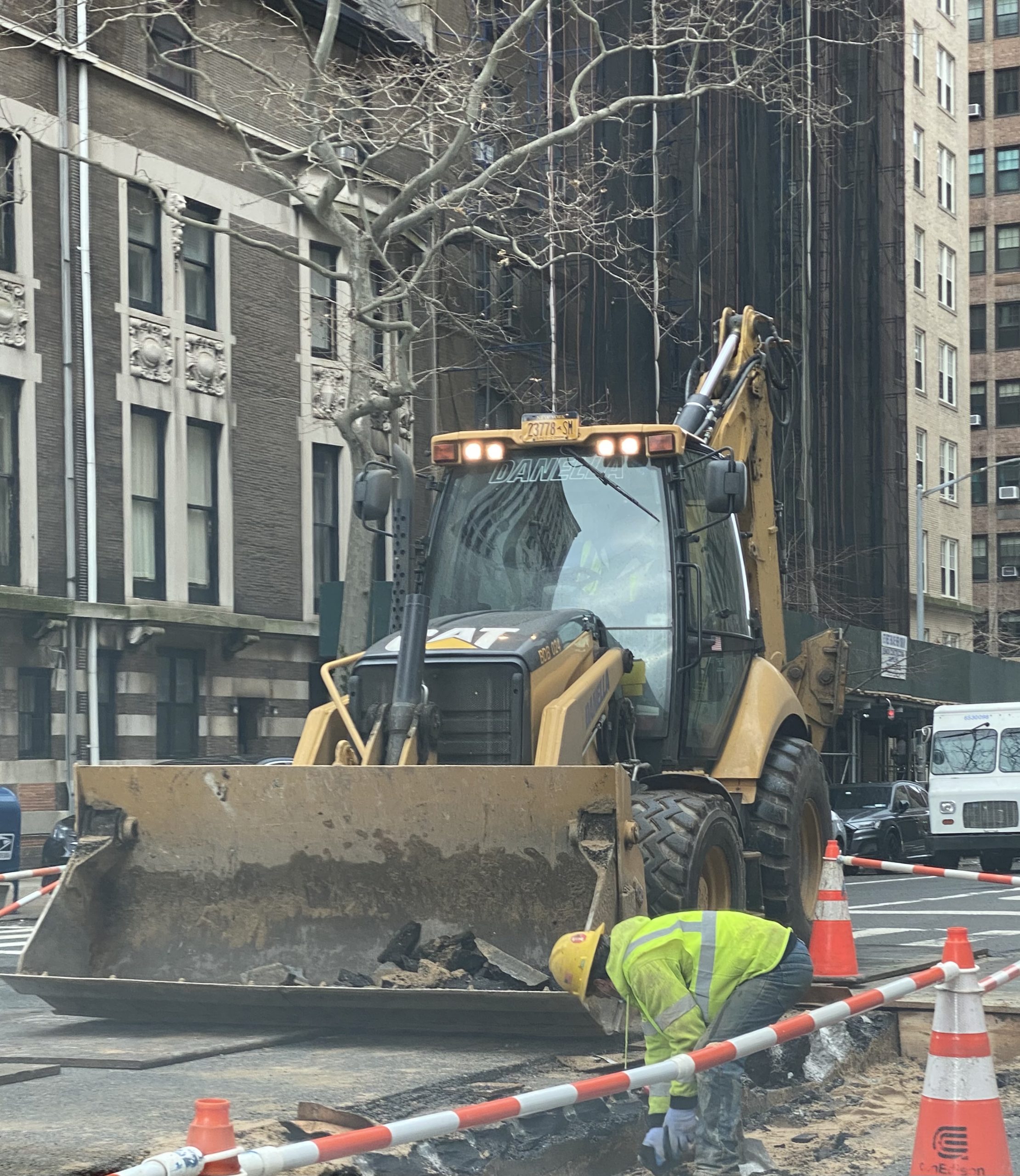Midtown Manhattan Crane Collapse: A Narrowly Avoided Tragedy Highlights Need for Safety
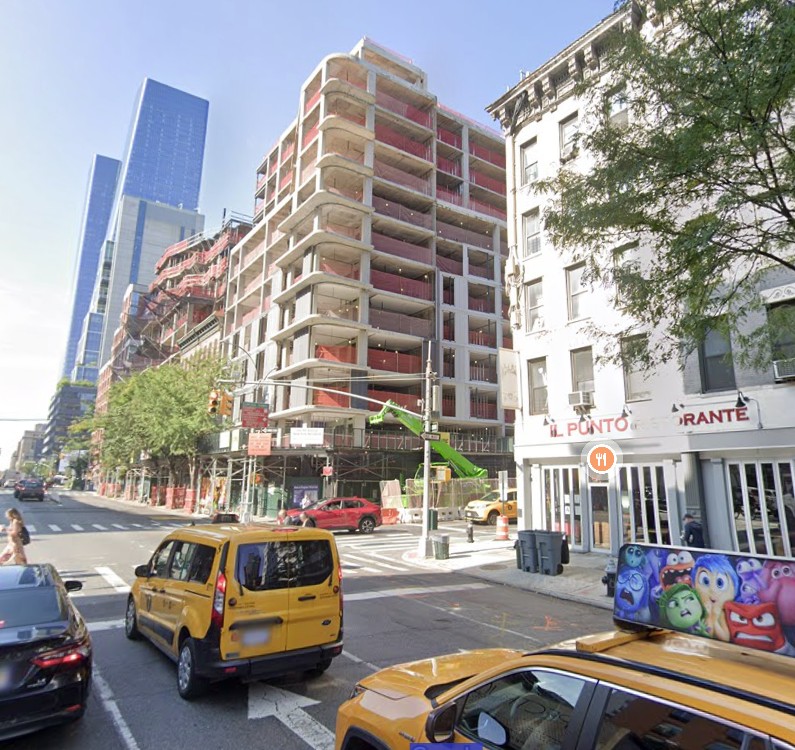 On the afternoon of April 4, 2025, a harrowing crane accident in Midtown Manhattan nearly turned catastrophic. Around 3:00 PM, two small cranes collapsed at a construction site on Ninth Avenue and West 38th Street, sending metal and debris crashing down onto sidewalk scaffolding and even shearing off a nearby tree.
On the afternoon of April 4, 2025, a harrowing crane accident in Midtown Manhattan nearly turned catastrophic. Around 3:00 PM, two small cranes collapsed at a construction site on Ninth Avenue and West 38th Street, sending metal and debris crashing down onto sidewalk scaffolding and even shearing off a nearby tree.
Remarkably – and fortunately – no injuries were reported in this incident. Surveillance footage from a nearby business shows a family walking along Ninth Avenue, only to break into a sprint as the scaffolding begins to collapse behind them. In the video, you can see debris exploding onto the sidewalk and street as the family and other pedestrians run for their lives. It’s a chilling reminder of how close this accident came to causing serious harm. As FDNY officials noted, it was “an incredibly lucky day” – the collapse occurred just two blocks from Times Square, an area where hundreds of people walk by every minute, and it is truly fortunate that no one was caught under the falling cranes and rubble. Ninth Avenue was shut down as a precaution, and officials began the painstaking work of securing the area and investigating how this near-disaster occurred.
 New York Personal Injury Attorneys Blog
New York Personal Injury Attorneys Blog


